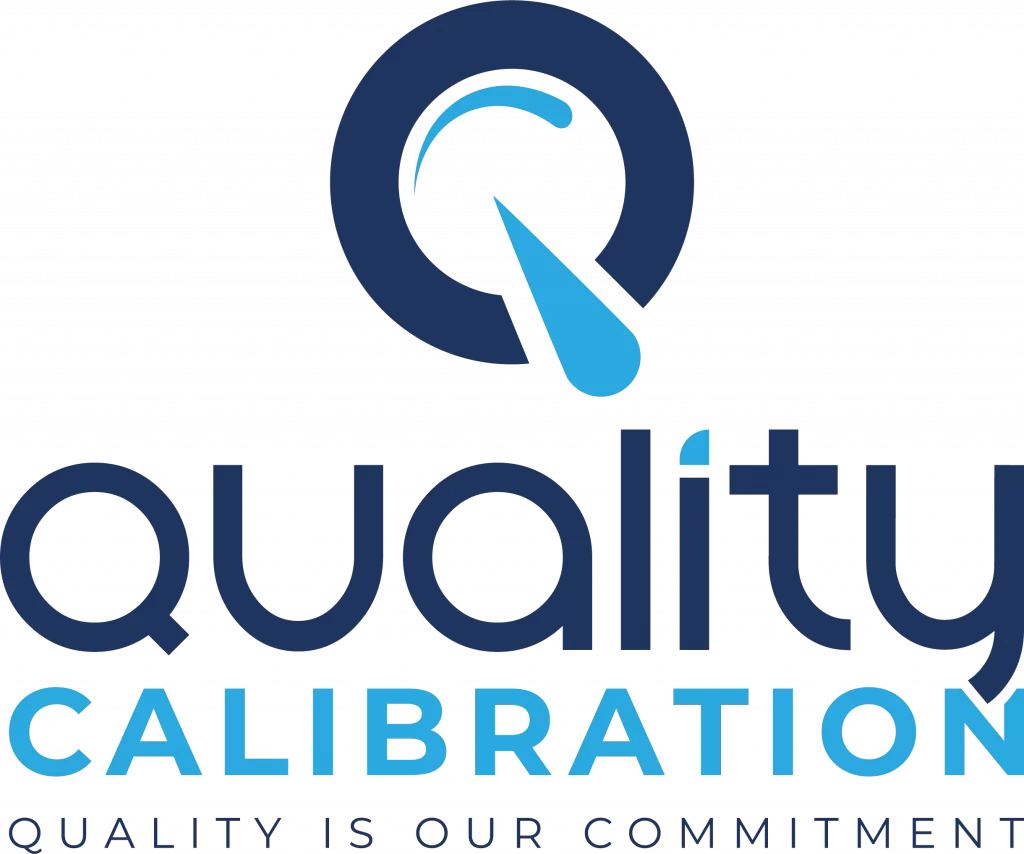Calibration in a laboratory setting plays a pivotal role in ensuring the accuracy and reliability of scientific measurements. It is a meticulous process that involves comparing the readings of a measurement instrument with a known standard to detect and rectify any discrepancies. This article delves into the essential aspects of calibration in laboratories, highlighting its significance, methods, and how it impacts various industries.
Understanding Calibration
What is Calibration?
Calibration is the process of fine-tuning and adjusting measuring instruments or devices to ensure they provide precise and accurate results. The primary objective is to eliminate any systematic errors in measurements, thus guaranteeing data integrity.
The Importance of Calibration
Calibration is vital because it directly impacts the quality and credibility of scientific and industrial data. It serves several critical purposes:
1. Ensuring Accuracy
Calibrating instruments ensures that measurements are as accurate as possible. Inaccurate readings can lead to flawed conclusions and costly errors, especially in fields like healthcare, aerospace, and manufacturing.
2. Compliance with Standards
Calibration ensures that instruments comply with established standards and regulations. For instance, ISO 17025 sets calibration requirements for testing and calibration laboratories.
3. Consistency
Consistency in measurement is crucial, especially when comparing results across different laboratories and instruments. Calibration helps achieve this uniformity.
4. Quality Control
Calibration is a fundamental part of quality control. Regular checks guarantee the reliability of instruments and, subsequently, the quality of the final products.
Methods of Calibration
Several methods are employed to calibrate instruments, depending on the type of equipment and its application. The choice of method depends on the specific requirements of the laboratory and the instrument’s design. Here are some common methods:
1. Static Calibration
Static calibration involves comparing an instrument’s readings with a known reference standard under fixed conditions. This method is used for instruments that don’t change their operating conditions, such as thermometers and pressure gauges.
2. Dynamic Calibration
Dynamic calibration assesses instruments that operate under variable conditions. This method measures an instrument’s response to changing inputs. An example is calibrating an accelerometer to ensure it accurately measures vibrations in various conditions.
3. Comparative Calibration
Comparative calibration compares the instrument under test with a reference standard using a suitable calibration system. It’s used for instruments that are difficult to calibrate directly.
4. In-Situ Calibration
In-situ calibration is performed in the instrument’s actual operating environment, as opposed to a laboratory setting. This method is especially crucial for large and fixed equipment, like industrial machinery.
Industries That Rely on Calibration
Calibration isn’t limited to a single industry; it’s an essential practice across various sectors. Let’s explore some industries where calibration is of utmost importance:
1. Healthcare
In healthcare, calibration is crucial for devices such as blood pressure monitors, thermometers, and medical imaging equipment. Accurate measurements are a matter of life and death in this field.
2. Aerospace
Aircraft instruments, radar systems, and avionics equipment must be meticulously calibrated to ensure the safety of air travel. Errors in these systems can have catastrophic consequences.
3. Manufacturing
Manufacturing relies on calibration for quality control. Precise measurements are necessary to ensure that products meet industry standards and customer expectations.
4. Environmental Monitoring
In environmental monitoring, instruments like weather stations and air quality sensors must be precisely calibrated to provide reliable data for research and decision-making.
5. Energy and Utilities
The energy sector depends on calibrated instruments for power generation and distribution, ensuring efficiency and reliability.
Challenges in Calibration
Calibration, though critical, is not without its challenges:
1. Cost and Resources
Calibration can be expensive, especially for high-precision instruments. This cost includes equipment, trained personnel, and downtime during the calibration process.
2. Frequency of Calibration
Determining how often an instrument should be calibrated is a challenge. Factors such as usage, environmental conditions, and industry standards must be considered.
3. Traceability
Ensuring traceability, or the ability to trace measurements back to national or international standards, can be complicated, particularly for specialized instruments.
4. Documentation
Maintaining proper records of calibration activities is essential for compliance and quality control. Inadequate documentation can lead to problems during audits and inspections.
Bottom Line
Calibration in the laboratory is a fundamental practice that underpins the accuracy and reliability of scientific and industrial measurements. It ensures that instruments provide consistent and precise data, supporting a wide range of industries, from healthcare to aerospace. However, calibration comes with its own set of challenges, from cost considerations to documentation. Nonetheless, it remains an indispensable process, vital for the integrity and quality of data across various sectors. Remember, in the world of science and industry, precision and accuracy matter.

Md. Hasan Ibrahim is a Technical Manager at Quality Calibration with extensive experience in the calibration sector since 2015. Holding a Bachelor of Science degree in Mechanical Engineering from Khulna University of Engineering & Technology (KUET), he has received training from various national and international organizations including CSIR-CMERI, QSI, BAB, NML-BSTI, memmert, and X-rite. With expertise in ISO/IEC 17025 assessment, method validation, metrological traceability, and uncertainty, he has successfully completed numerous calibration projects across diverse industries such as pharmaceuticals, food & beverage, oil & gas, textiles & garments, power plants, batteries, chemicals, hospitals & healthcare, and private universities.


